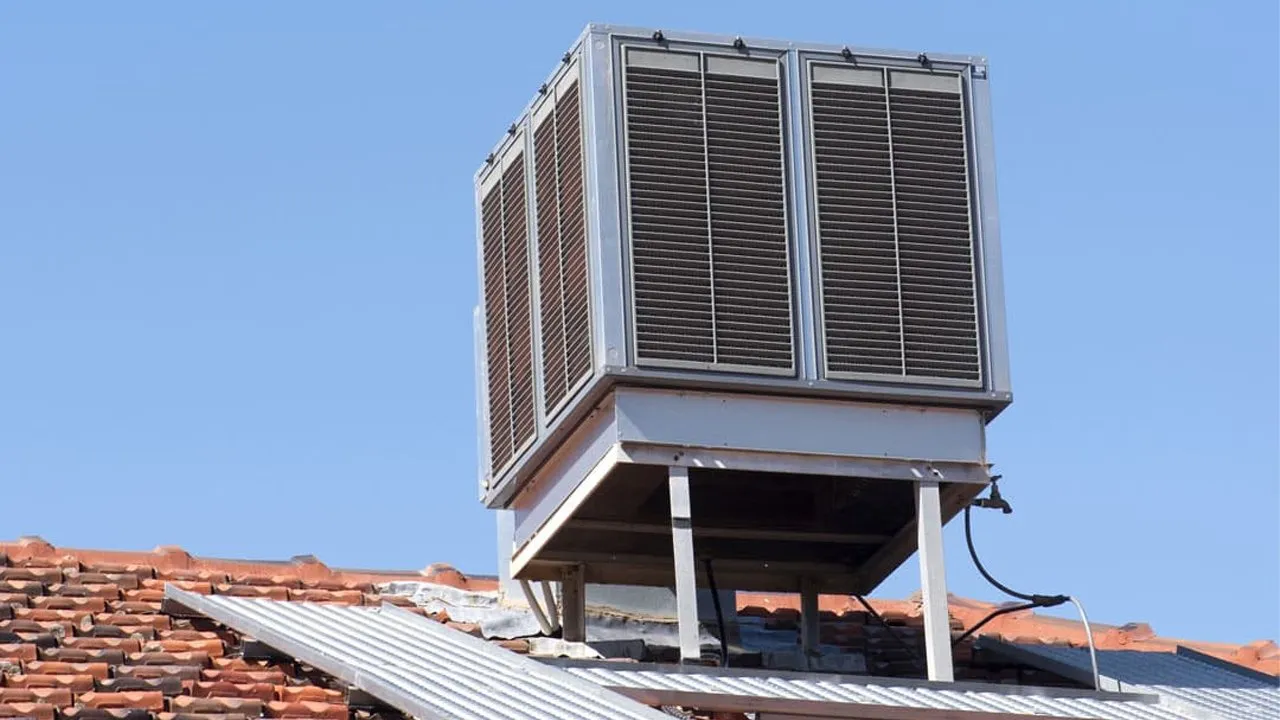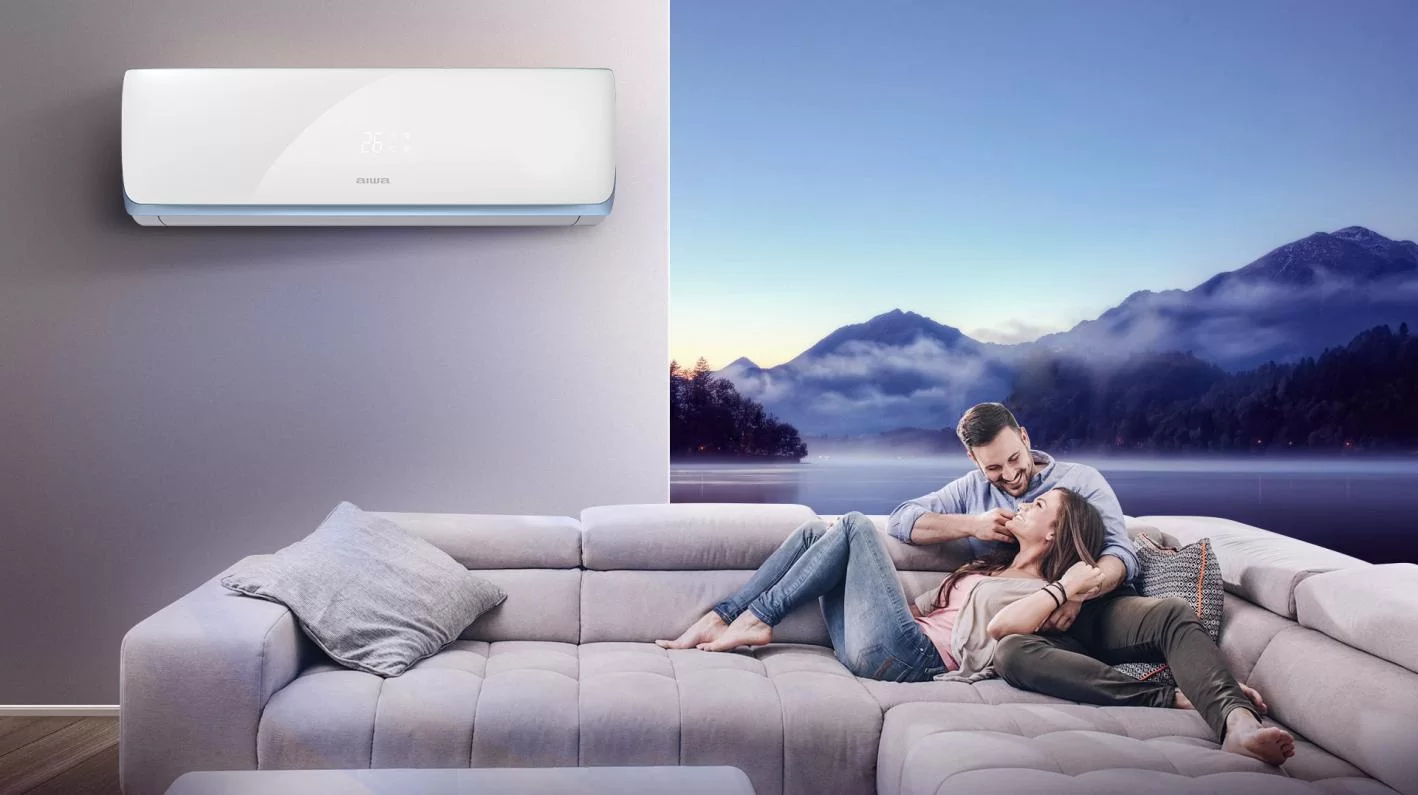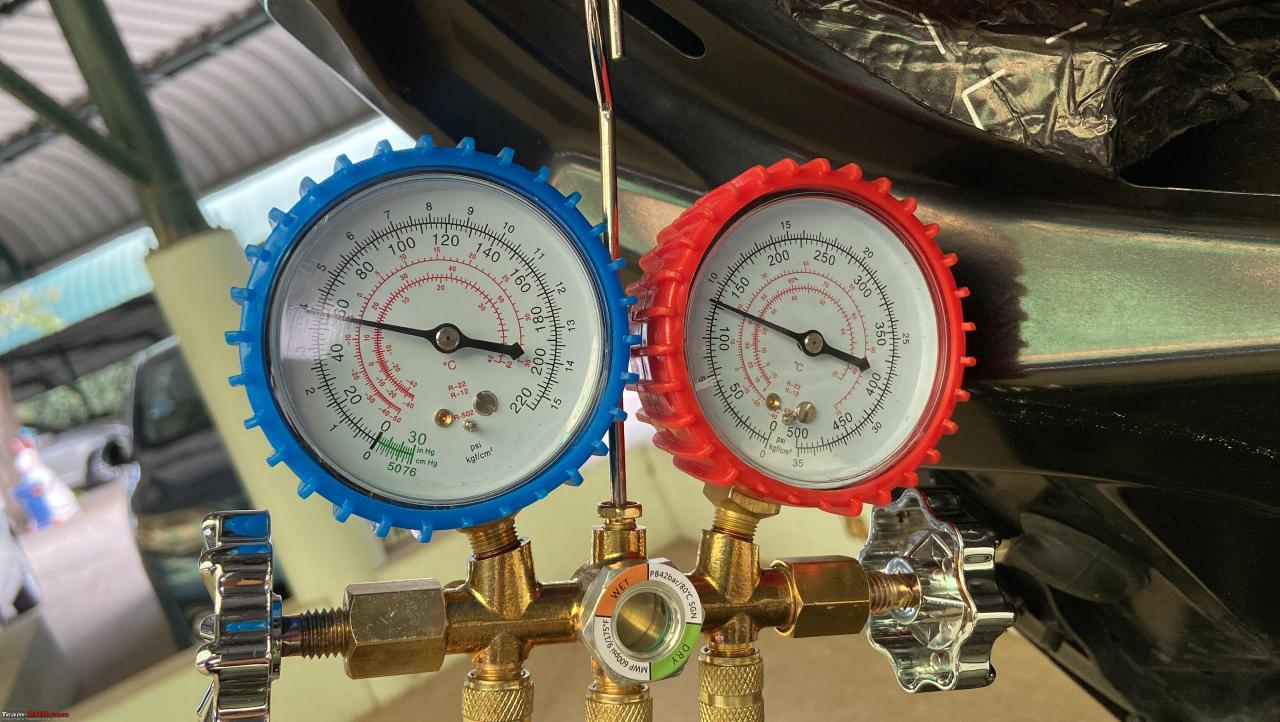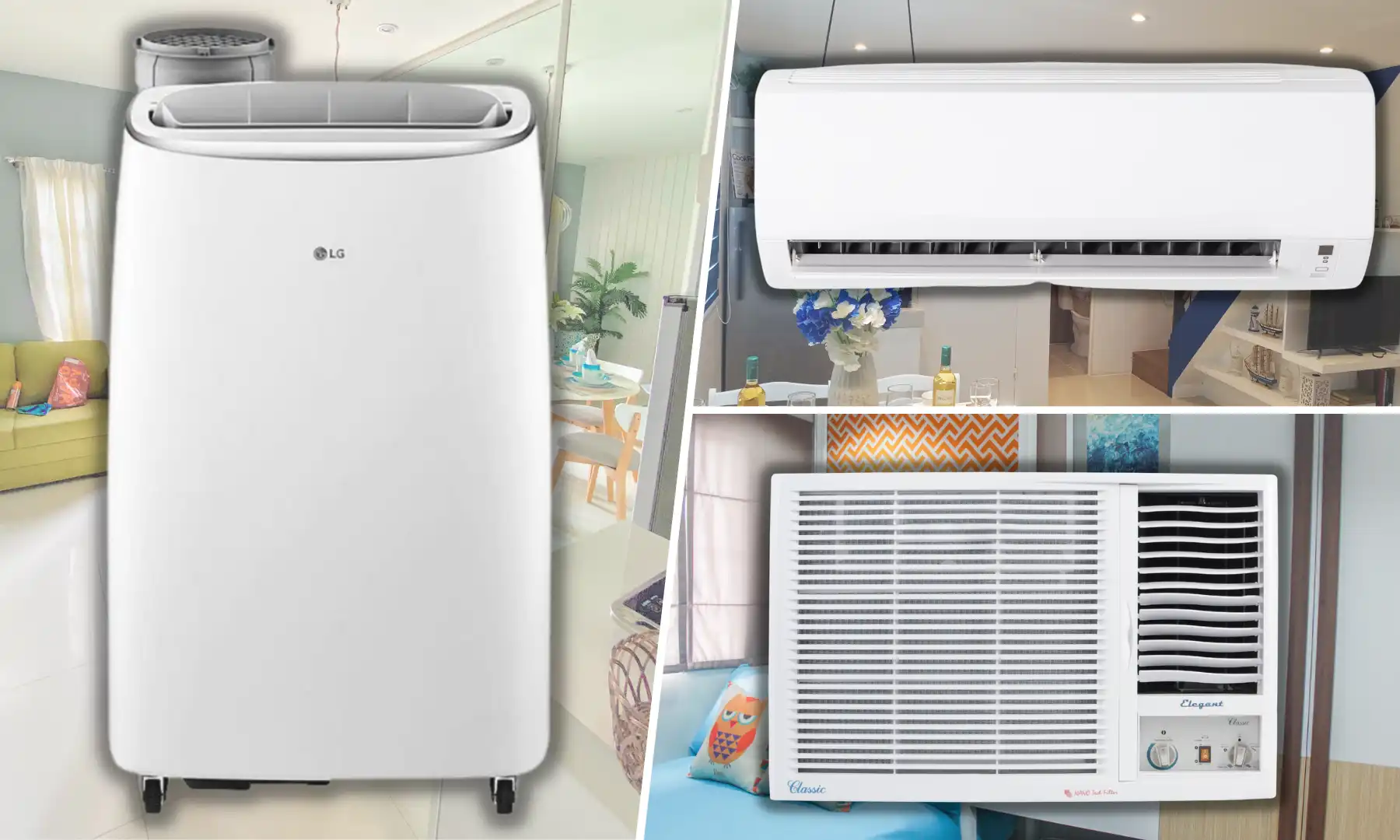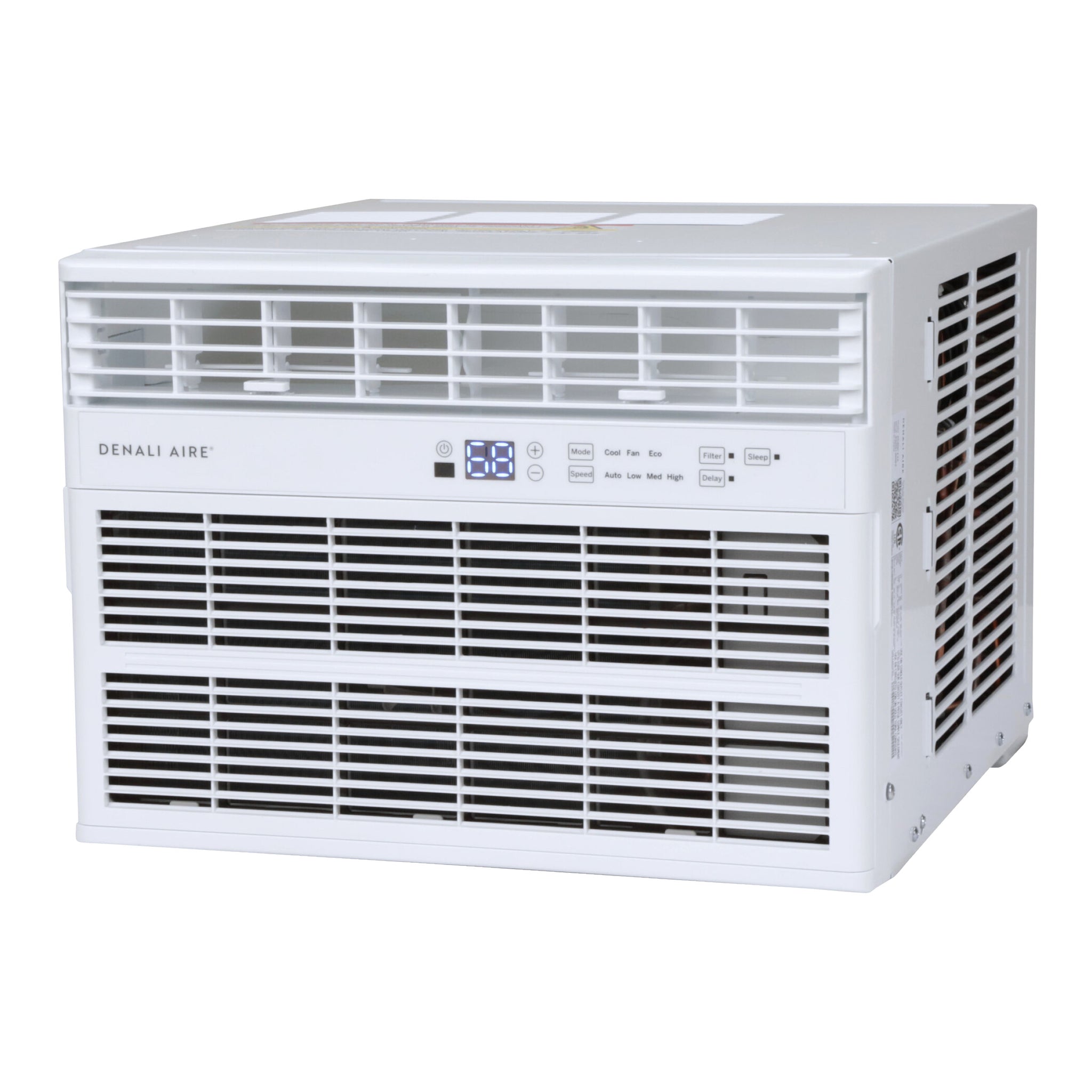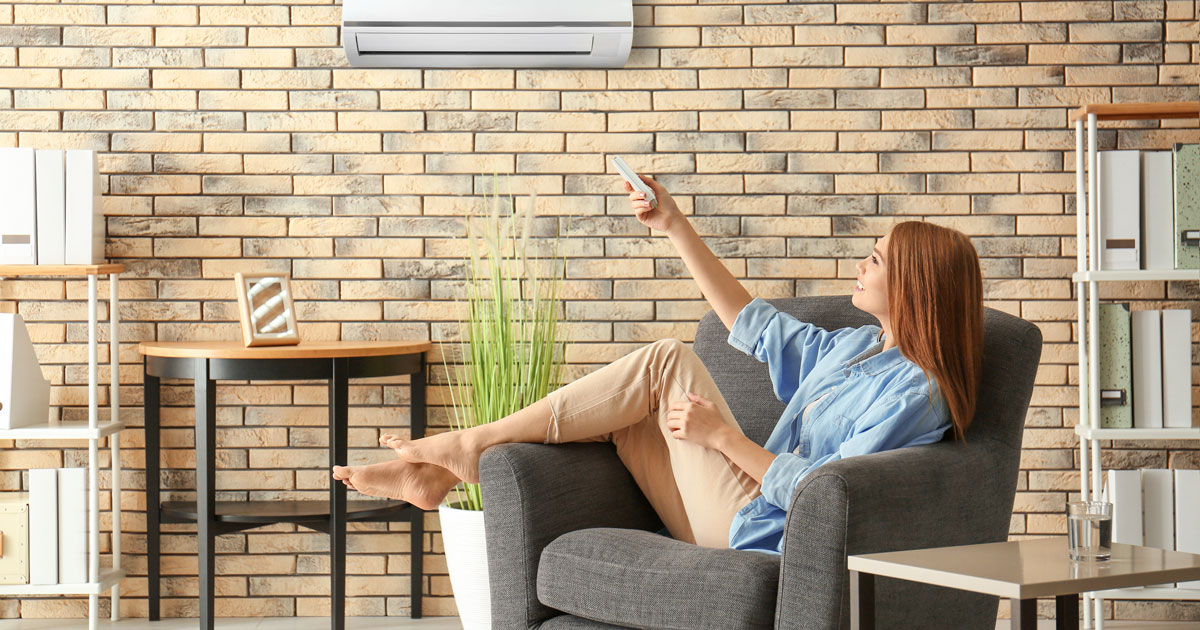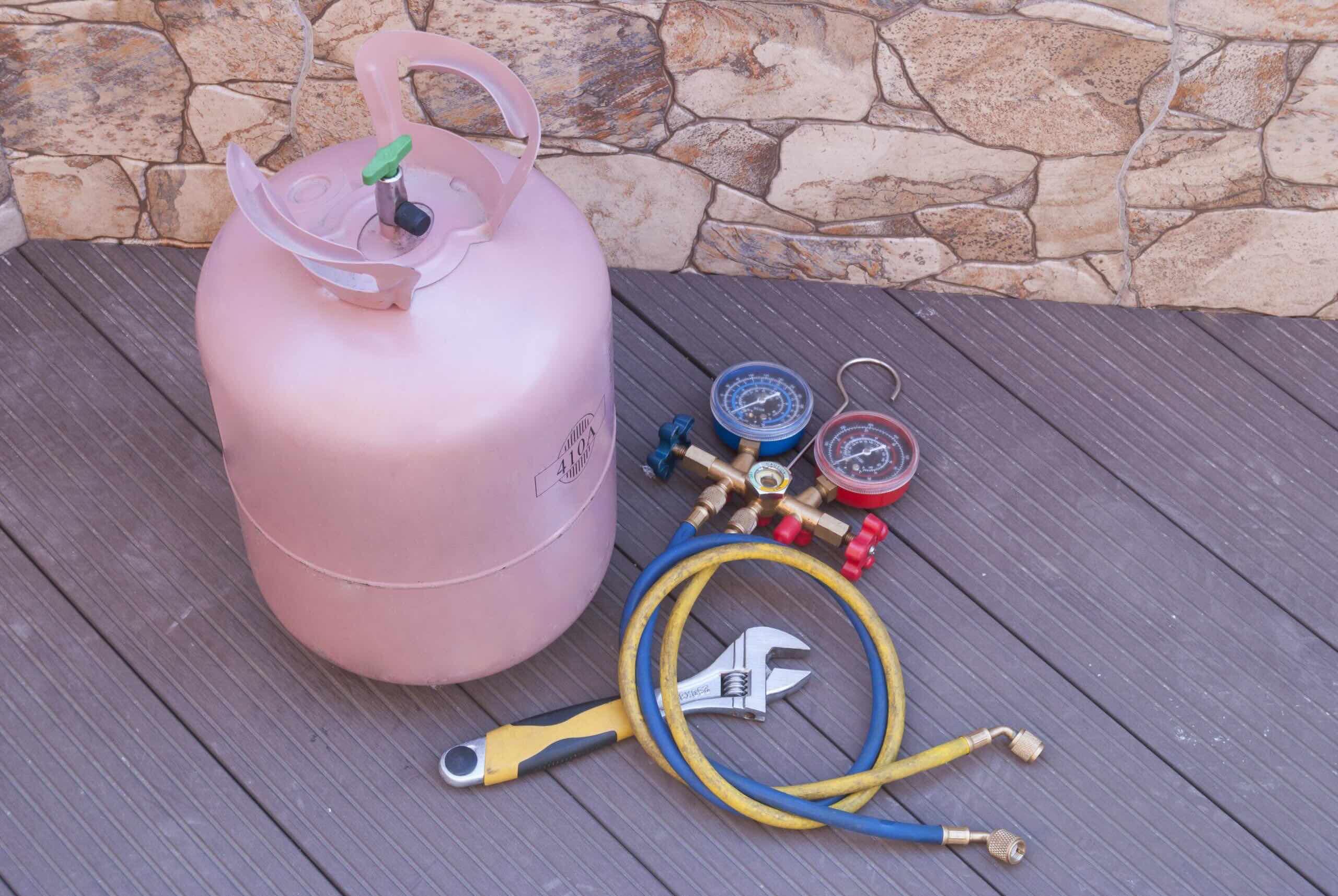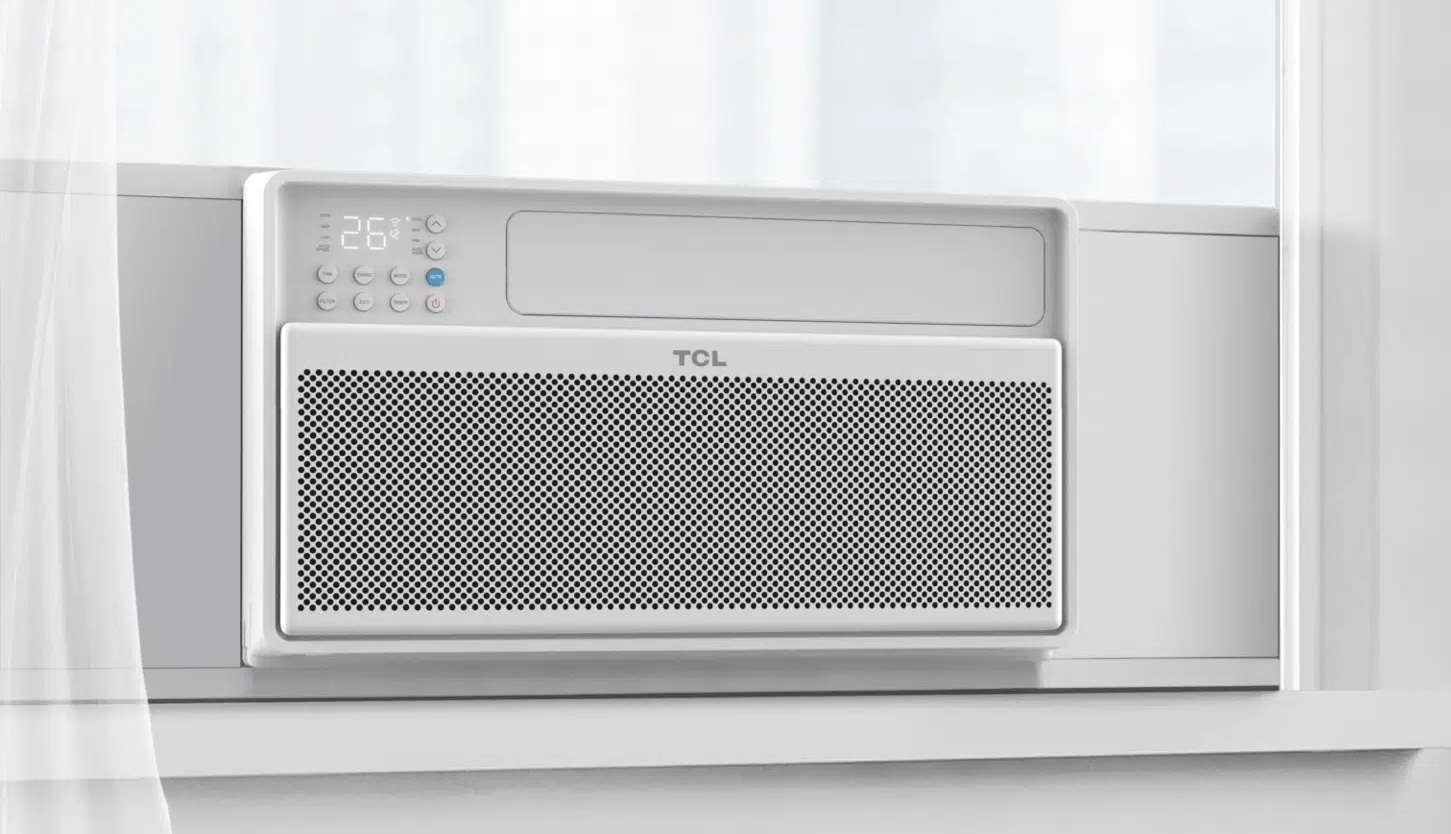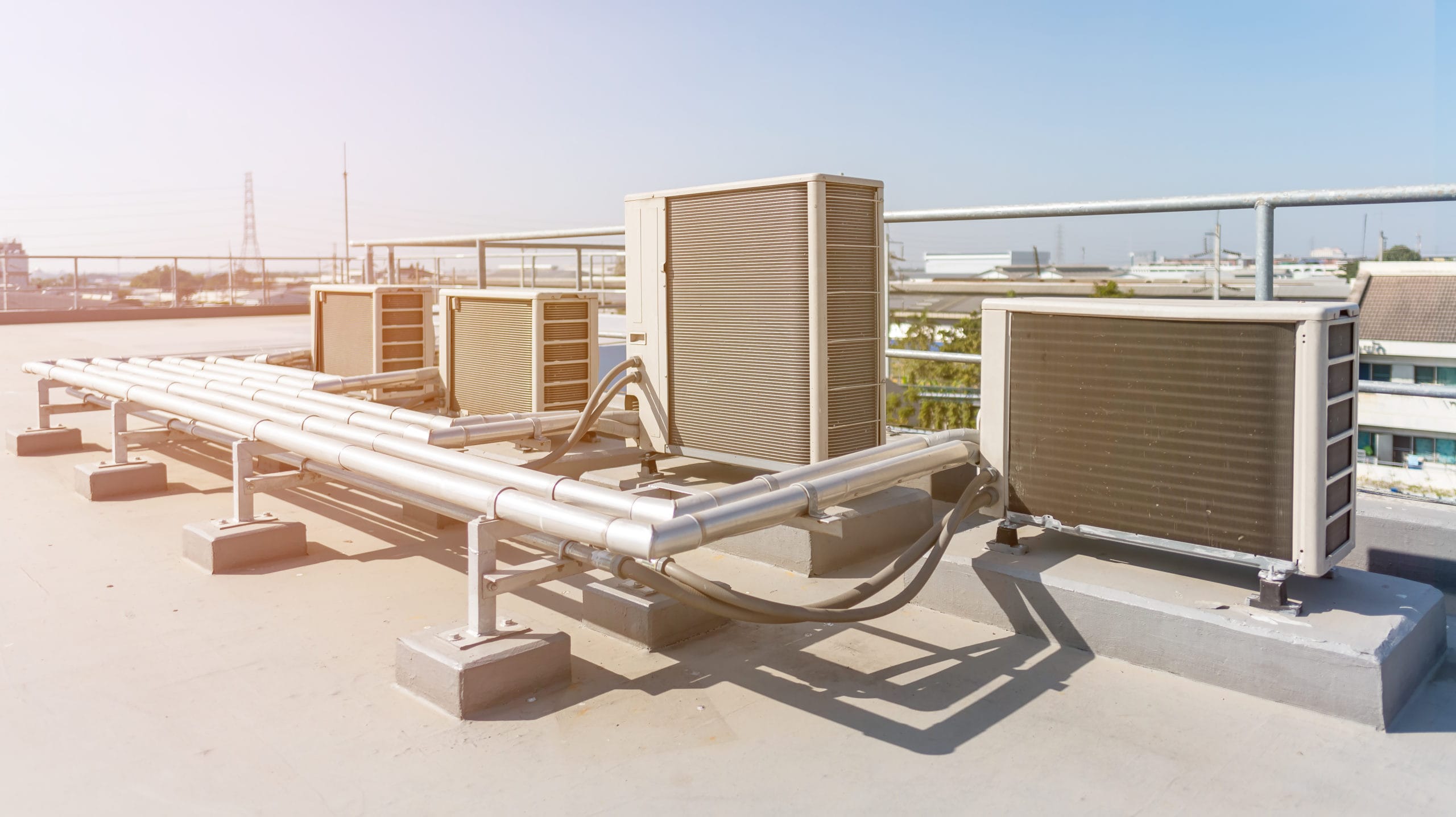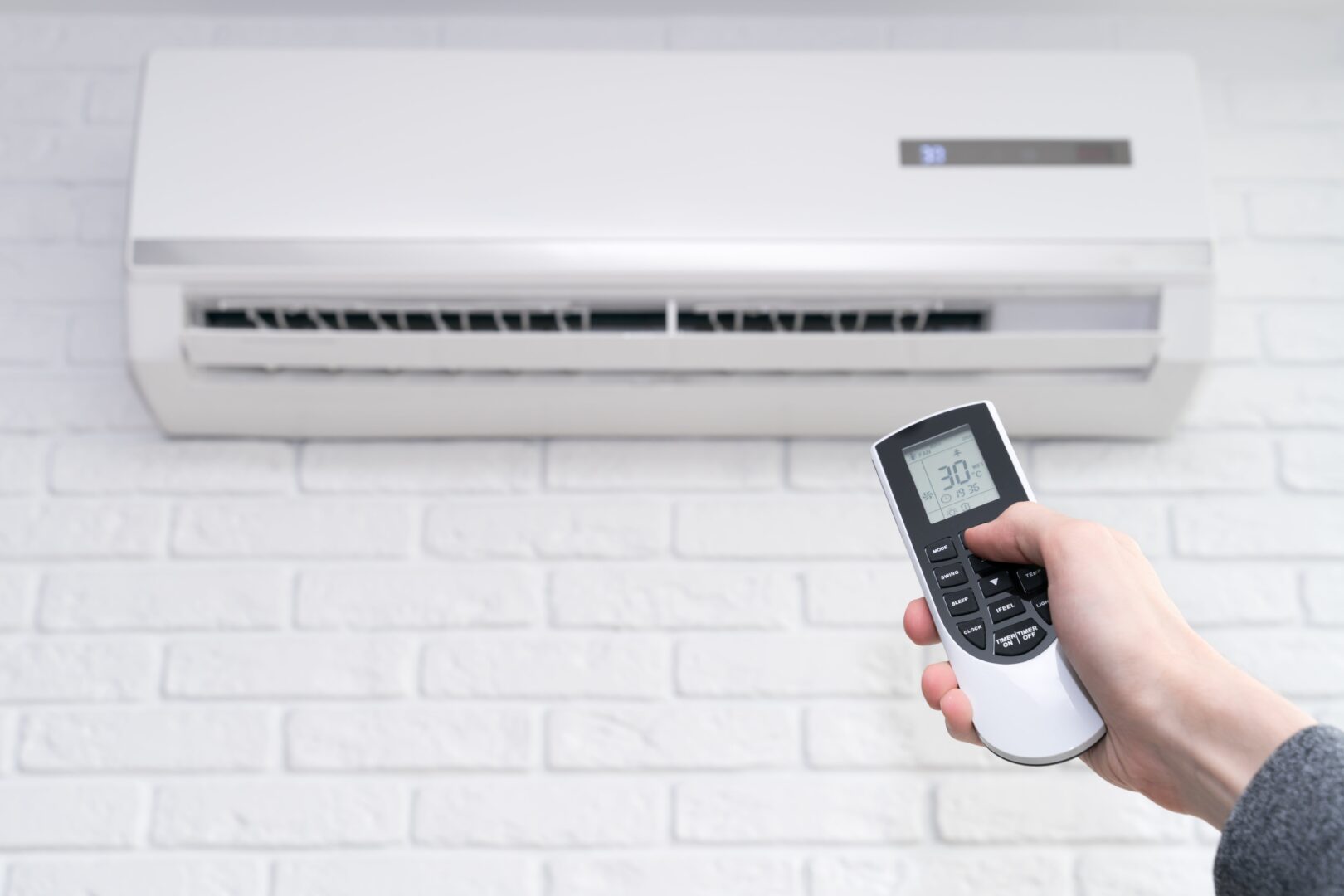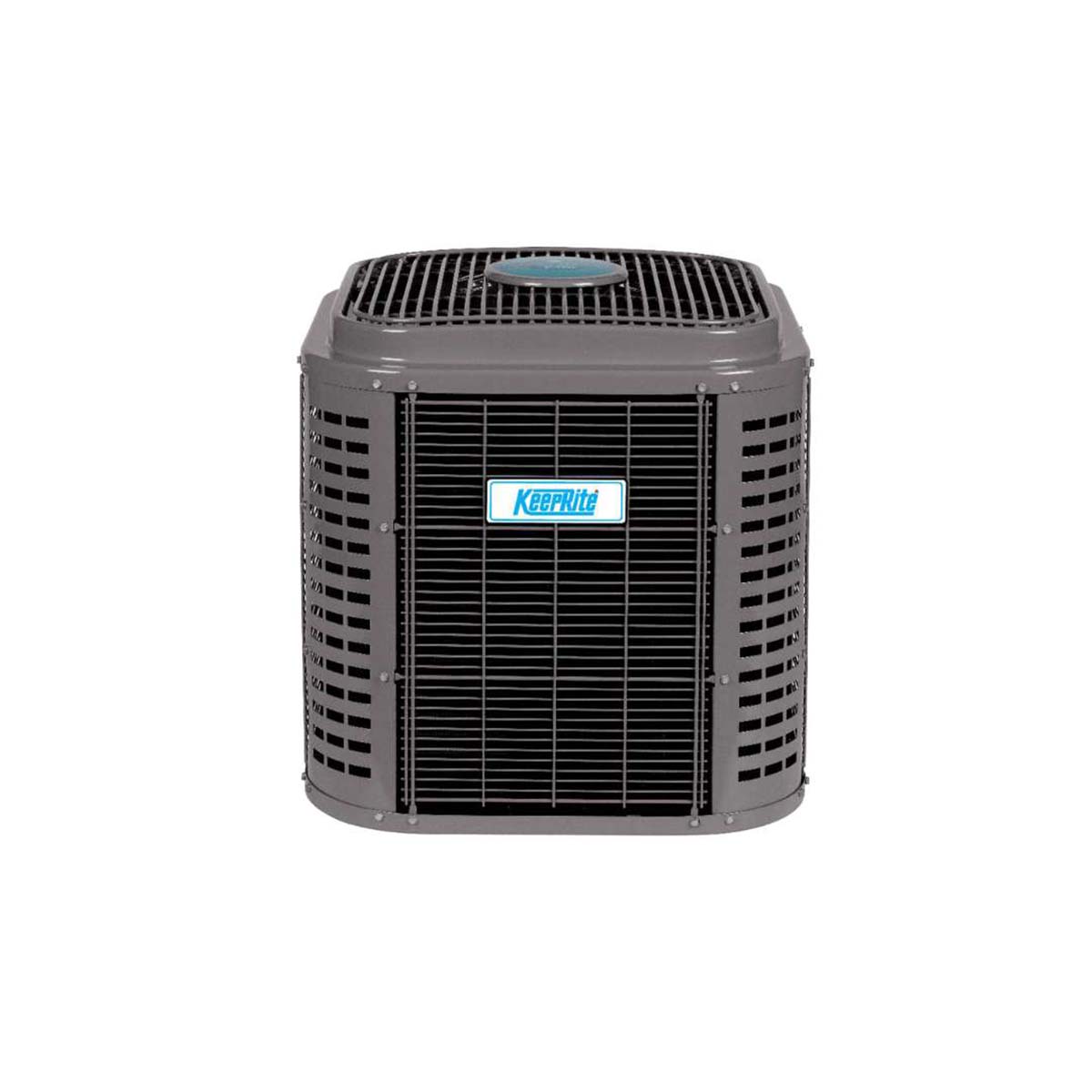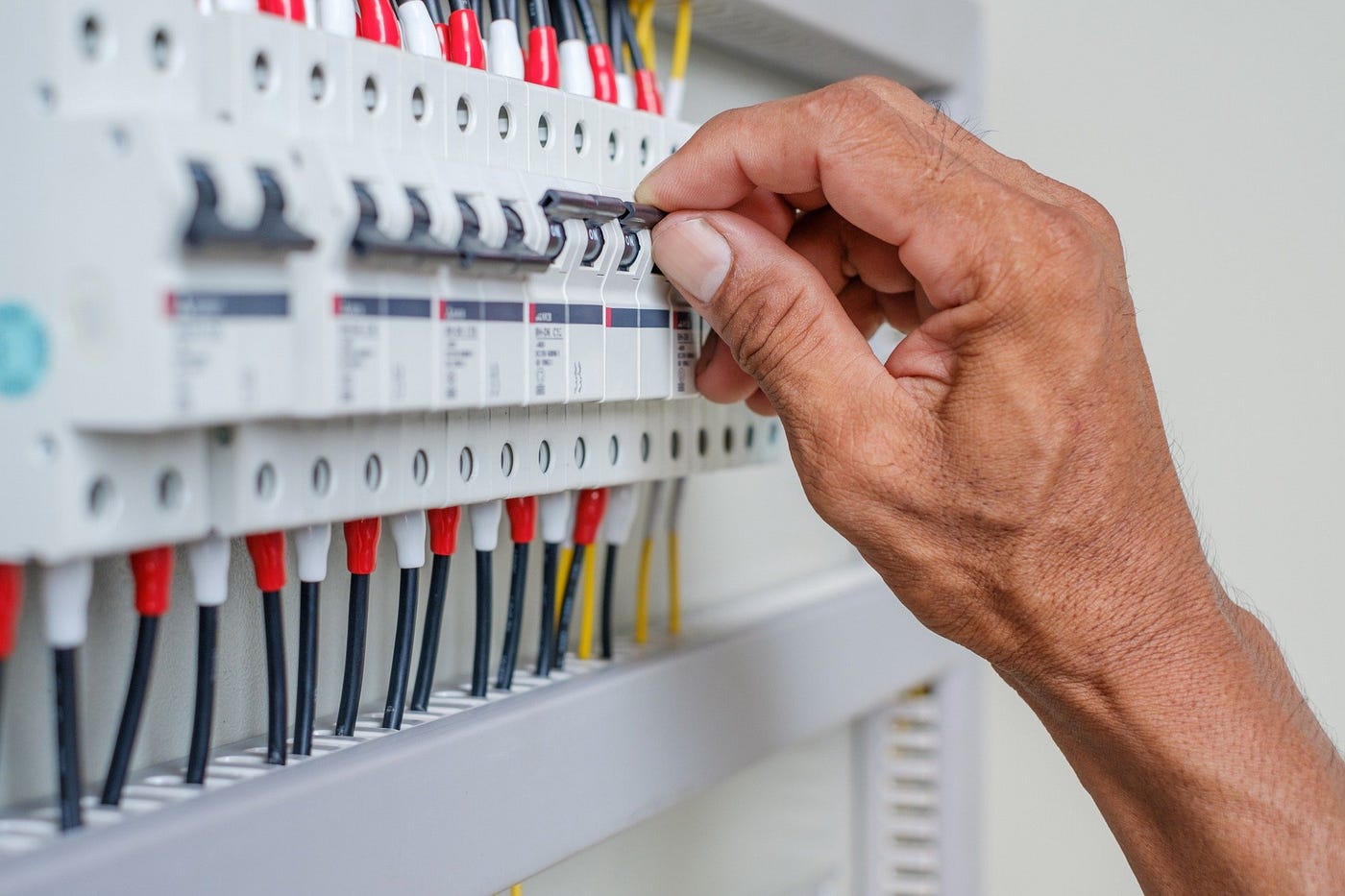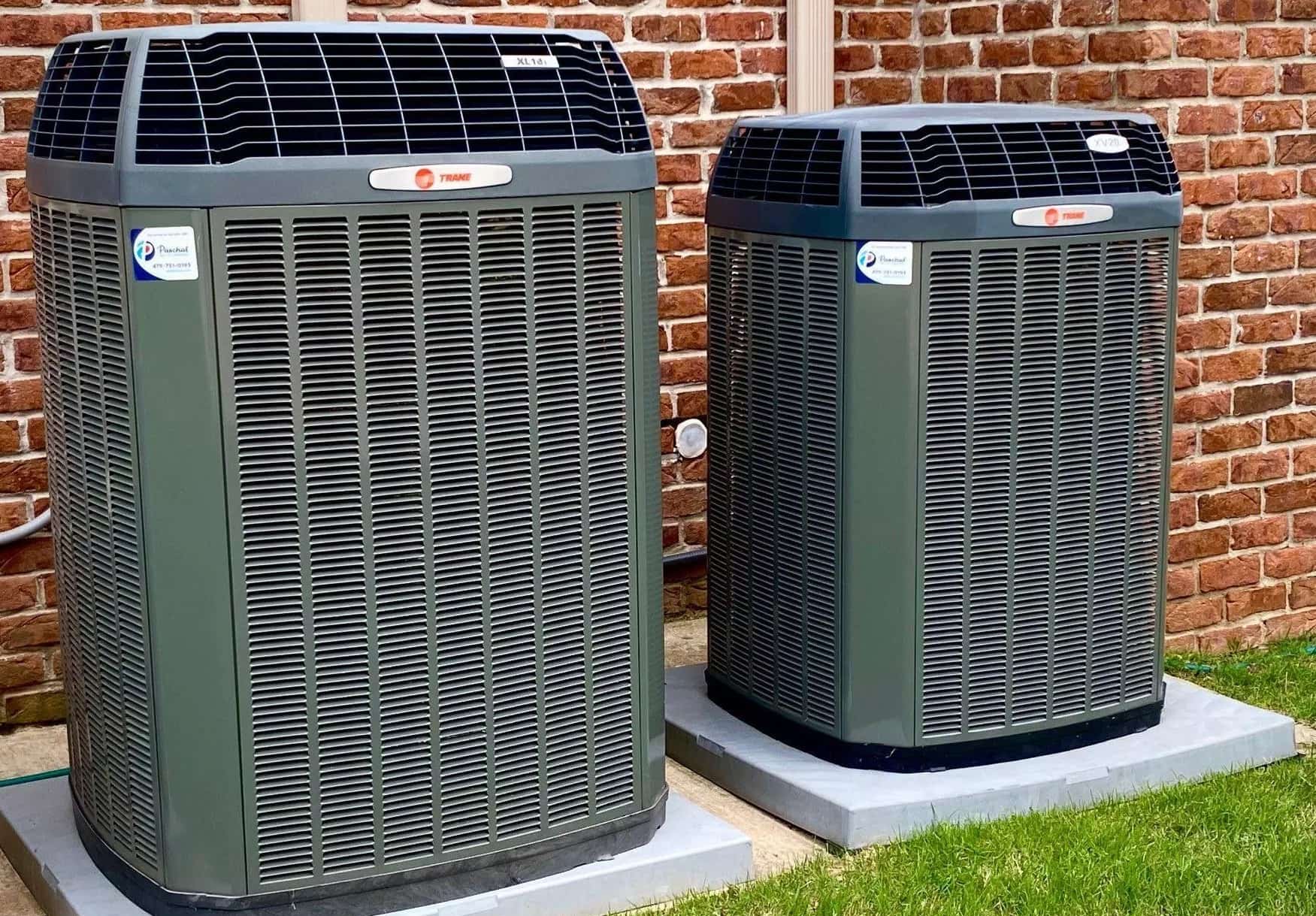Home>Home Maintenance>What Is Dehumidification In An Air Conditioner
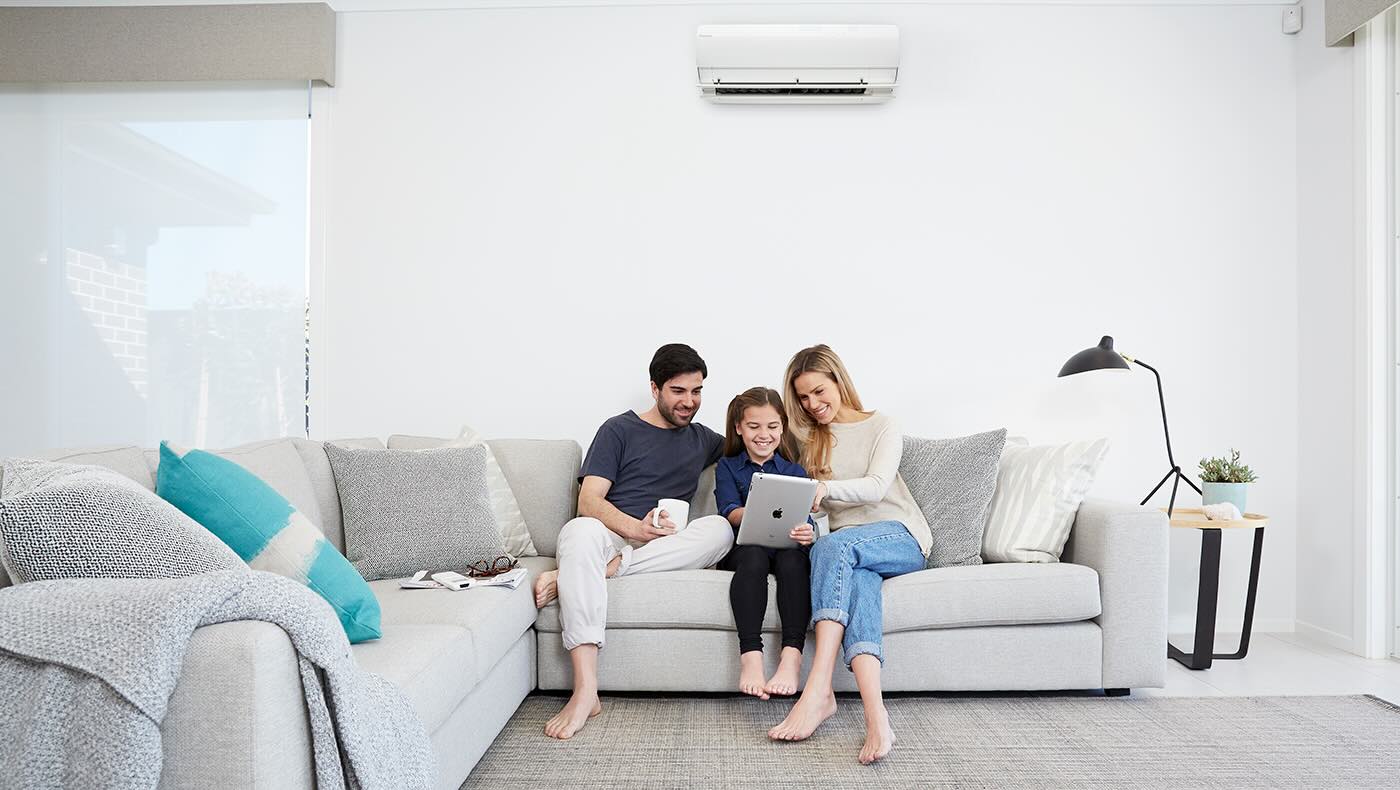

Home Maintenance
What Is Dehumidification In An Air Conditioner
Modified: March 7, 2024
Learn about dehumidifiers in air conditioners and their importance in home maintenance. Discover how they help maintain optimal indoor humidity levels for better comfort and health.
(Many of the links in this article redirect to a specific reviewed product. Your purchase of these products through affiliate links helps to generate commission for Storables.com, at no extra cost. Learn more)
Introduction
Air conditioning systems play a crucial role in keeping our homes comfortable during the sweltering summer months. However, air conditioners not only cool the air, but they also remove humidity from the indoor environment. This is achieved through the use of a dehumidifier in the air conditioner.
A dehumidifier is a device that helps regulate the humidity levels in a room or building by removing excess moisture from the air. When incorporated into an air conditioner, a dehumidifier enhances the cooling efficiency and overall performance of the system.
In this article, we will explore how dehumidifiers work in air conditioners, discuss the benefits they offer, highlight the common types of dehumidifiers used, provide tips on maintenance and cleaning, and share ways to maximize their efficiency.
Whether you are a homeowner looking to optimize your air conditioning system or a DIY enthusiast interested in learning more about HVAC technology, this article will provide you with valuable insights into the world of dehumidifiers in air conditioners.
Key Takeaways:
- Keep your home comfortable and healthy by understanding how dehumidifiers work in air conditioners. They remove excess moisture, prevent mold, and improve air quality for a cozy living environment.
- Choosing the right dehumidifier for your air conditioner is crucial. Consider factors like room size, humidity level, and maintenance to ensure optimal performance and efficiency.
Read more: What Is An Inverter Air Conditioner
How Does a Dehumidifier Work in an Air Conditioner?
Dehumidifiers in air conditioners work by removing excess moisture from the air to control the indoor humidity levels. When the air conditioner is running, it cools down the air by passing it over evaporator coils. These coils contain a refrigerant that absorbs heat from the air, transforming it into a cooler temperature.
Simultaneously, as the air passes over the evaporator coils, moisture in the air condenses into water droplets on the coils. This water is then collected and drained away through a drip pan or a condensate pump.
However, in high humidity environments, the air conditioner alone may not be sufficient to effectively remove all the moisture from the air. This is where the dehumidifier comes in. Most modern air conditioners are equipped with a built-in dehumidifier function or a separate dehumidification unit.
When the dehumidifier function is activated, the air conditioner runs the evaporator coils at a lower temperature. This causes more moisture to condense on the coils, effectively extracting additional humidity from the air. The accumulated moisture is then drained away through the same system that captures the condensed water.
The dehumidifier in an air conditioner can be adjusted to control the desired humidity level in the room. This helps to create a more comfortable indoor environment by preventing issues such as mold growth, musty odors, and excessive moisture that can damage furniture, walls, and other belongings.
It’s important to note that the dehumidifier function in an air conditioner is not designed to replace a standalone dehumidifier in areas with extremely high humidity or specific moisture-related problems. In such cases, a dedicated dehumidifier may be necessary to effectively address the issue.
Overall, the integration of a dehumidifier in an air conditioner enhances its performance by keeping the indoor humidity levels in check, resulting in a more comfortable and healthy living environment.
Benefits of Dehumidifiers in Air Conditioners
Dehumidifiers have several benefits when incorporated into air conditioning systems. Let’s explore some of the key advantages:
- Improved Comfort: High humidity levels can make a room feel sticky and uncomfortable. By reducing moisture in the air, dehumidifiers help create a more pleasant and comfortable indoor environment.
- Reduced Allergens: Excessive humidity promotes the growth of mold, dust mites, and other allergens. Dehumidifiers help mitigate these issues by removing the excess moisture that these allergens thrive on, thus reducing the likelihood of allergies and respiratory problems.
- Prevention of Mold and Mildew: Mold and mildew thrive in damp environments. By controlling indoor humidity, dehumidifiers minimize the conditions necessary for mold and mildew growth, thereby protecting your home’s structure and your health.
- Preservation of Belongings: High humidity levels can damage furniture, electronics, artwork, and other valuable possessions. Dehumidifiers help maintain an optimal humidity level, prolonging the lifespan of your belongings and preventing costly damage.
- Energy Efficiency: By removing excess moisture from the air, dehumidifiers allow air conditioners to operate more efficiently. When the humidity is high, the air conditioner has to work harder to cool the air. With a dehumidifier, the air conditioner can focus more on cooling and less on dehumidification, resulting in energy savings.
- Reduced Condensation: Excessive moisture in the air can lead to condensation on windows, walls, and other surfaces. Dehumidifiers help reduce condensation, preventing water damage and the growth of mold and mildew.
- Improved Air Quality: By reducing humidity, dehumidifiers help improve indoor air quality. This is particularly beneficial for individuals with respiratory conditions, as it reduces the risk of triggers such as mold spores and dust mites.
- Odor Control: Damp environments can lead to musty odors. Dehumidifiers help eliminate these odors by reducing moisture and preventing the conditions that cause them.
Overall, the incorporation of dehumidifiers in air conditioning systems offers a range of benefits, from improved comfort and air quality to the preservation of belongings and energy efficiency. It is an essential addition for creating a healthy and comfortable living environment.
Common Types of Dehumidifiers Used in Air Conditioners
There are several types of dehumidifiers that are commonly used in air conditioning systems. Understanding these different types can help you make an informed decision when choosing the right dehumidifier for your air conditioner. Here are some of the most common types:
- Refrigeration Dehumidifiers: Also known as refrigerant dehumidifiers or compressor dehumidifiers, these are the most popular type of dehumidifiers used in air conditioners. They work by pulling the moist air into the unit, passing it over cold refrigerated coils to condense the moisture, and then releasing the dry air back into the room.
- Desiccant Dehumidifiers: Desiccant dehumidifiers use a moisture-absorbing material, such as silica gel or activated alumina, to extract moisture from the air. These types of dehumidifiers are often used in areas with extremely high humidity or specific moisture-related problems. While they can be effective in reducing humidity, they typically require more energy to operate compared to refrigeration dehumidifiers.
- Peltier Dehumidifiers: Peltier dehumidifiers, also known as thermoelectric dehumidifiers, use a thermoelectric module to cool the air and condense the moisture. These dehumidifiers are quieter and have no moving parts, making them suitable for small spaces or applications where noise is a concern. However, they are less powerful and may not be as effective in larger rooms.
- Ventilation Dehumidifiers: Ventilation dehumidifiers work by extracting humid air from within the building and replacing it with fresh, dry air from outside. These dehumidifiers are often used in commercial or industrial settings where moisture control is crucial and necessary airflow is required.
- Whole House Dehumidifiers: As the name suggests, whole-house dehumidifiers are designed to regulate humidity levels throughout an entire home. These larger capacity dehumidifiers are typically installed as part of the HVAC system and can work in conjunction with the air conditioner to maintain optimum humidity levels throughout the house.
When selecting a dehumidifier for your air conditioner, consider factors such as the size of the room, the level of humidity, and any specific moisture-related issues you may be experiencing. Consulting with a qualified HVAC professional can help you determine the most suitable type and capacity of dehumidifier for your needs.
It’s worth noting that some air conditioning systems come with built-in dehumidifiers, while others require separate units. If your air conditioner does not have a built-in dehumidifier, you can opt for a standalone dehumidifier that can be used alongside your air conditioning system to achieve optimal humidity control.
Understanding the different types of dehumidifiers available will empower you to make an informed decision that best suits your specific needs and ensures a comfortable and healthy indoor environment.
The “dehum” setting on an air conditioner is short for dehumidify. It helps remove excess moisture from the air, making the room feel more comfortable and reducing the risk of mold and mildew.
Factors to Consider When Choosing a Dehumidifier for an Air Conditioner
When selecting a dehumidifier for your air conditioner, there are several important factors to consider. These factors will help you choose a dehumidifier that is the right size, capacity, and functionality for your specific needs. Here are the key factors to consider:
- Room Size: The size of the room or area you want to dehumidify is a crucial consideration. Dehumidifiers are rated by the amount of moisture they can remove from the air within a specific time frame. Ensure that the dehumidifier’s capacity is suitable for your room size to ensure optimal performance.
- Humidity Level: Consider the average humidity level in your area or the specific moisture issue you are experiencing. Higher humidity requires a dehumidifier with a higher moisture removal capacity. Some dehumidifiers come with adjustable humidity settings, allowing you to set your desired humidity level.
- Noise Level: Keep in mind the noise level of the dehumidifier, especially if you plan to use it in living spaces or bedrooms. Look for dehumidifiers with lower decibel ratings to minimize disruptions and ensure a quieter environment.
- Energy Efficiency: Energy efficiency is an important consideration to keep operating costs in check. Look for dehumidifiers with an Energy Star certification, as they meet strict energy efficiency standards and can save you money on electricity bills.
- Drainage Options: Consider how the dehumidifier will drain the collected moisture. Some dehumidifiers have built-in water tanks that need to be manually emptied, while others have continuous drainage options that can be connected to a floor drain or external pump. Choose the drainage option that suits your convenience and requirements.
- Additional Features: Some dehumidifiers come with additional features such as programmable timers, auto-shutoff when the desired humidity level is reached, digital displays, and air purification functions. Evaluate these features based on your preferences and specific needs.
- Brand and Warranty: Consider reputable brands with a track record of manufacturing quality dehumidifiers. Additionally, check the warranty offered by the manufacturer to ensure that you are protected against any potential defects or malfunctions.
It’s also worth seeking guidance from HVAC professionals or knowledgeable sales representatives who can assess your specific requirements and recommend the most suitable dehumidifier for your air conditioning system. They can help you navigate through the various options available, ensuring that you make an informed decision.
By considering these factors when choosing a dehumidifier for your air conditioner, you can effectively control humidity levels and create a comfortable and healthy indoor environment for you and your family.
Read more: What Is An Air Conditioner Condenser
Maintenance and Cleaning of Dehumidifiers in Air Conditioners
Maintaining and cleaning your dehumidifier in your air conditioner is essential to ensure its optimal performance and longevity. Regular maintenance helps prevent issues such as reduced efficiency, mold growth, and unpleasant odors. Here are some important maintenance steps to follow:
- Read the Manual: Start by carefully reading the user manual provided by the manufacturer. It will provide specific instructions for cleaning and maintenance, tailored to the model of your dehumidifier.
- Regular Cleaning: Clean the air filters regularly to ensure proper airflow and prevent the accumulation of dust and debris. Most dehumidifiers have removable and washable filters that can be cleaned by rinsing them with water or vacuuming them. Allow the filters to dry before reinserting them.
- Inspect the Coils: Check the evaporator coils for any signs of dirt or mold buildup. If you notice any contamination, clean the coils following the manufacturer’s guidelines. Some coils can be cleaned with a mild detergent solution, while others may require a specific coil cleaning product.
- Empty the Water Tank: If your dehumidifier has a built-in water tank, make sure to empty it regularly to prevent overflow and potential water damage. Follow the manufacturer’s instructions on how to safely remove and empty the tank.
- Check the Drainage System: If your dehumidifier has a continuous drainage option, inspect the drainage system to ensure it is functioning properly. Clean or unclog the drainage hose if necessary, and make sure it is securely connected to the drain or external pump.
- Inspect the Exterior: Clean the exterior of the dehumidifier using a soft cloth or sponge and mild detergent. Avoid using abrasive cleaners or harsh chemicals that can damage the surface.
- Check for Leaks: Inspect the dehumidifier for any signs of leaks or water accumulation. If you notice any leaks, immediately turn off the unit and contact a professional for inspection and repair.
- Schedule Professional Maintenance: Consider scheduling regular professional maintenance for your air conditioning system, including the dehumidifier. HVAC technicians have the expertise to thoroughly inspect and service your system, ensuring optimal performance and detecting any potential problems.
Regular maintenance and cleaning of your dehumidifier in your air conditioner will help keep it running efficiently and prolong its lifespan. Additionally, it contributes to a healthy indoor environment by preventing mold growth, reducing allergens, and eliminating unpleasant odors.
Remember to follow the manufacturer’s recommendations and guidelines for maintenance and cleaning to ensure the safety and effectiveness of your dehumidifier.
Tips for Maximizing the Efficiency of Dehumidifiers in Air Conditioners
To get the most out of your dehumidifier in your air conditioner and ensure its efficiency, here are some helpful tips to follow:
- Set the Correct Humidity Level: Adjust the dehumidifier to maintain the desired humidity level in your space. The ideal indoor humidity level is typically between 30% and 50%. Setting it too low can cause the air to become too dry, while setting it too high may not effectively control moisture.
- Ensure Proper Placement: Place the dehumidifier in an area where it can effectively receive the moist air. Keep it away from walls or furniture that may obstruct the airflow. Additionally, ensure that the unit is level to prevent any drainage issues.
- Close Doors and Windows: Close doors and windows in the room or area where the dehumidifier is operating to prevent outside air from interfering with the humidity control process. This will make the dehumidifier more efficient in maintaining the desired humidity level.
- Keep the Space Well-Ventilated: While closing doors and windows is important, it’s also essential to maintain proper ventilation in the room or area. Ensure that there is adequate airflow to allow the dehumidifier to circulate and extract moisture effectively.
- Regularly Clean and Maintain: Follow the maintenance and cleaning guidelines provided by the manufacturer. Regularly clean the air filters, inspect the coils, and empty the water tank or ensure proper drainage. This will help maintain the efficiency and performance of the dehumidifier.
- Control Moisture Sources: Minimize sources of excess moisture in your home to reduce the workload on the dehumidifier. Fix any leaks, ensure proper ventilation in high-moisture areas, and use exhaust fans in kitchens and bathrooms to remove excess moisture at the source.
- Use Timers or Smart Controls: Consider utilizing timers or smart controls on your dehumidifier to set specific operation times. This allows you to run the dehumidifier during peak humidity periods and conserve energy when it’s not needed.
- Combine with Proper Insulation: Ensure that your home is properly insulated to prevent the infiltration of humid outdoor air. Well-insulated spaces will reduce the strain on your dehumidifier and help maintain the desired humidity level more effectively.
- Avoid Overcooling: While air conditioning can help dehumidify, it’s important to find the right balance between cooling and dehumidification. Overcooling the space may result in excessive drying, which can be uncomfortable and lead to other problems. Find the optimal temperature and humidity balance for your comfort.
- Consider Supplementary Dehumidification: In extremely high humidity areas or specific moisture-related issues, consider using a standalone dehumidifier in addition to the dehumidifier in your air conditioner. This can provide additional moisture control and help alleviate any excessive humidity concerns.
By following these tips, you can maximize the efficiency of your dehumidifier in your air conditioner and enjoy a comfortable, healthy, and moisture-free indoor environment.
Conclusion
Dehumidifiers play a vital role in air conditioning systems, helping to control humidity levels and enhance overall comfort in our homes. By incorporating a dehumidifier in an air conditioner, we can enjoy a range of benefits, including improved comfort, reduced allergens, prevention of mold and mildew, and preservation of our belongings.
Understanding how dehumidifiers work in air conditioners, the common types available, and the factors to consider when choosing one allows us to make informed decisions that best suit our specific needs. Additionally, regular maintenance and cleaning of dehumidifiers are crucial for optimal performance and efficiency.
By following simple tips such as setting the correct humidity level, ensuring proper placement and ventilation, controlling moisture sources, and utilizing timers or smart controls, we can maximize the efficiency of our dehumidifiers and create a healthy and comfortable indoor environment.
Remember that while dehumidifiers in air conditioners are effective in managing humidity levels, it’s important to strike the right balance between dehumidification and cooling. Overcooling can lead to dry air and other discomforts, so finding the optimal temperature and humidity balance is key.
Whether you’re looking to upgrade your air conditioning system or optimize its performance, integrating a dehumidifier can greatly enhance your indoor experience. Consider consulting with HVAC professionals for expert advice and recommendations tailored to your specific needs.
With proper maintenance, regular cleaning, and mindful usage, your dehumidifier in your air conditioner will continue to provide you with a comfortable and healthy living environment for years to come.
So, take control of your indoor humidity levels and enjoy the benefits that a well-functioning dehumidifier in your air conditioner can bring to your home.
Frequently Asked Questions about What Is Dehumidification In An Air Conditioner
Was this page helpful?
At Storables.com, we guarantee accurate and reliable information. Our content, validated by Expert Board Contributors, is crafted following stringent Editorial Policies. We're committed to providing you with well-researched, expert-backed insights for all your informational needs.
